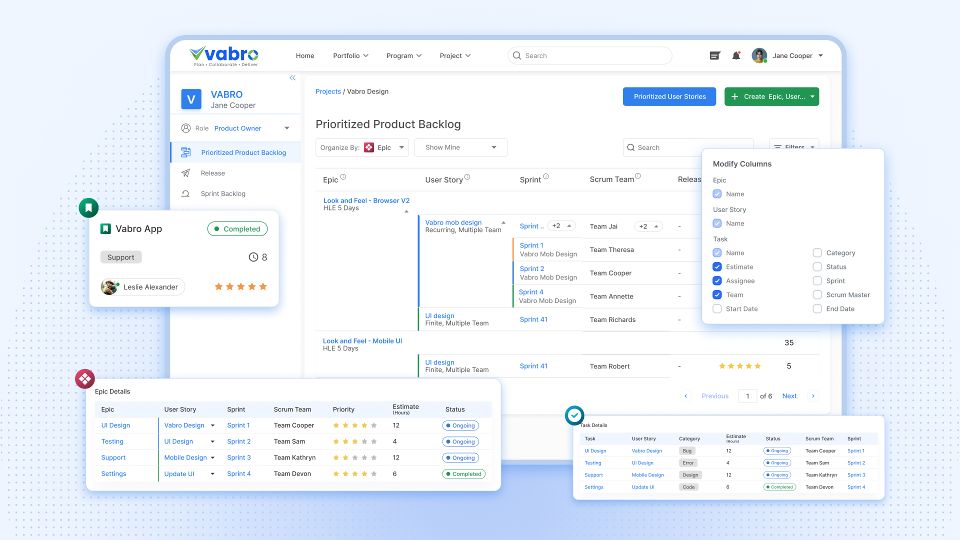What is a Backlog?
A Backlog is a list of things a team needs to complete in order of their priority, including tasks, features, or requirements. It is commonly used in Agile and Scrum methodologies to manage and organize work, helping teams focus on delivering value incrementally. The backlog is a dynamic to-do list holding all work items currently planned or proposed for future development.
Key Components of a Backlog
- User Stories: Small descriptions of features or tasks from an end-user point of view. They help the teams understand what is to be done and why, keeping clarity on delivering value.
- Tasks: Descriptions of very concrete activities for the realization of a user story or goal. Each task has a detailed specification about estimated time, effort, and priority, thereby helping team members in their daily work.
- Bugs and Technical Debt: Items in the backlog also include bugs to be fixed or code improvements needed for quality and performance maintenance.
- Features and Enhancements: New features or improvements that are prioritized based on their importance and the value they offer to the end user.
- Priorities: Items in the backlog are prioritized, which means the team will focus on the most valuable and urgent tasks first.
Types of Backlogs
- Product Backlog: This includes the master list of all features, requirement changes, bug fixes, and other tasks essential for a product. It is maintained by the product owner, who continuously refines it for changing priorities.
- Sprint Backlog: The product backlog items that a team selects for completion in a given sprint or iteration comprise the sprint backlog. It should be detailed and actionable, thus guiding the work of the team within the sprint.
- Release Backlog: A list of things to do for a certain release of the product, enabling longer-term planning and coordination of work by teams.
Important Features of a Backlog
- Prioritization: The backlog aids the team in prioritizing the most crucial activities so they can deliver maximum value.
- Progress Tracking: This is a living document through which the team keeps track of progress and knows when a bottleneck arises.
- Agile Process Support: The backbone behind sprint planning, daily stand-ups, and reviews to foster effective collaboration.
- Continuous Improvement: Continuous reevaluation for a perfect focus on valuable work, adjusting to changing needs.
Why Use Vabro for Managing Your Backlog?
Vabro simplifies backlog management by integrating project management capabilities. It offers personalized Kanban and Scrum boards, insights from AI, and real-time collaboration that enable your team to focus on prioritizing, tracking, and executing their work effectively. Unlike other platforms, Vabro brings all critical Agile tools under one roof for developers to provide greater results in increasing productivity.
Let Vabro help with project management in a smooth way while enabling your group to handle backlogs and, in turn, achieve the goals set with confidence.
